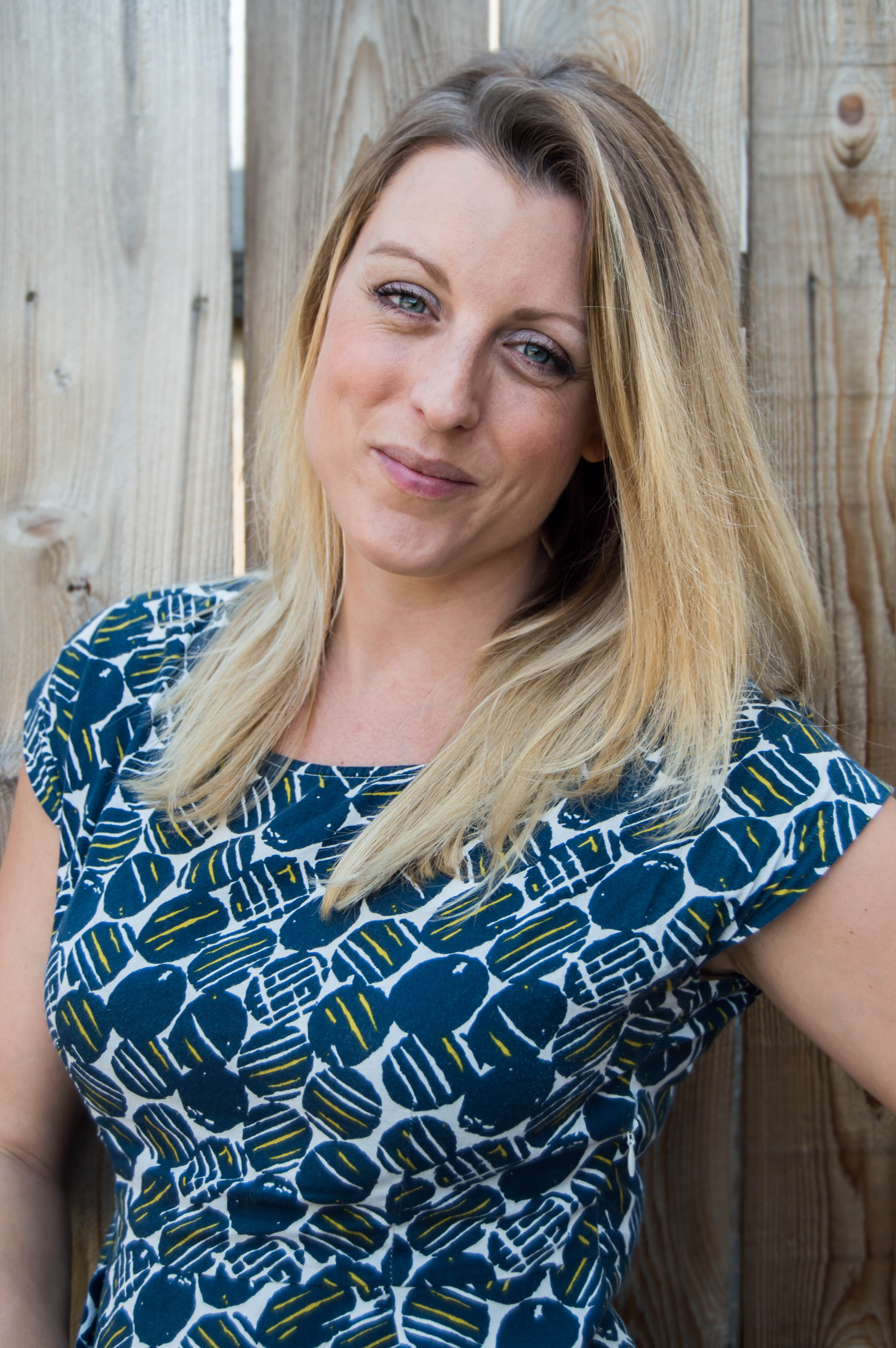
I’m so excited to be able to finally announce my news. I’ve just found out that the popular science book I’m currently writing called ‘Catching Stardust’ has been commissioned by the publisher Bloomsbury Sigma. I’ve been busy the last few months doing a lot of writing, and yet there is still a lot more to be done. So, don’t hold your breath on the book coming out just yet, it’s going to take a while longer…but masterpieces don’t happen overnight do they (hee hee)? The publication date is currently set for early 2018. Oh, and the picture was taken by a very talented friend of mine and will be my official author photo, so exciting!!*
So what’s it all about then?
Catching Stardust is about how we use comets and asteroids to probe all the way back to the beginning of the Solar System. It’s sort of a whistle-stop tour through 4.6 billion years of space history…riding on the back of a speeding comet. Sound like a lot to fit into one book? Well, I wouldn’t want to short change you so I’m trying my best to cover as much as is humanly possible!
My book will have a strong focus on the story of the comets, from their formation in the far outer reaches of our evolving Solar System to their importance for understanding our place on Earth. I’ll look at how the Solar System initially formed, condensing from a big swirling cloud of gas and dust in space, and how the comets and asteroids mopped up all these early Solar System ingredients, including all the organic matter and water that was eventually delivered to Earth to create the biological powerhouse we are today!
To understand all this, Catching Stardust will look at some of the most recent space missions that have pushed the boundaries of science and technology to sample objects flying about in space; so there will be a strong focus on the NASA Stardust and ESA Rosetta missions, and the science that has come from them.
But it’s not all about the past, comet and asteroid science is far from complete without a contemplation of the potential destructive force comets and asteroids could pose to humanity. After all, although in living memory we haven’t experienced a major comet collision with Earth, we believe that a comet impact marked the beginning of the end of the dinosaur heyday. So, Catching Stardust will also look into the future, focusing on how we can use some upcoming asteroid sample return missions to inform us about the structure, composition and behavior of objects flying close to our precious Earth. Then we might be able to learn to predict their future behavior, and potentially knock them on to a different path if they are headed our way. But that’s not it, we’ll also take a look at the seemingly crazy ideas to mine asteroids in space. You heard me right, mining asteroids…in space! It’s not just science fiction.
Catching Stardust will update you on (nearly) all we know about comets and asteroids today and, if you read it, you should be perfectly placed to understand the exciting results that are due out in the next few decades from future space missions.
Bloomsbury Sigma is a relatively new science imprint and they have so far published a whole range of science books on topics as diverse as evolutionary biology, astronomy, robotics, paleontology, bio-engineering, and climatology. The one thing in common apart from the science though is that all the authors are amazing science communicators. I’ve been wanting to work with Bloomsbury for a few years and I’ve been wanting to write a popular science book for even longer, but work commitments meant that I had to put my ideas on hold. My move to the USA has allowed me the freedom to concentrate on my writing so I’m super excited to be getting words down. I just wish I could share these words with everyone sooner.
I’ll be updating my blog about the book, giving a few teasers every now and then, so you can keep up with the developments.
For now though, that’s it, I must get back to my next chapter…
*Article photo updated on 4th April 2016 because I put the wrong author picture in originally.
